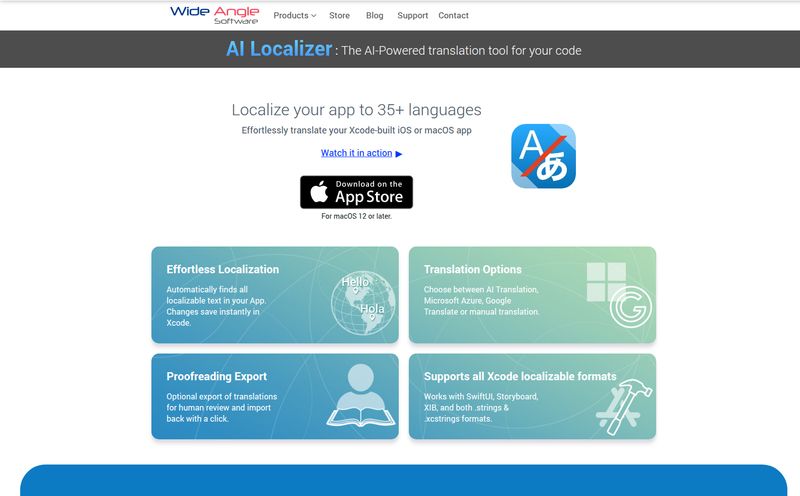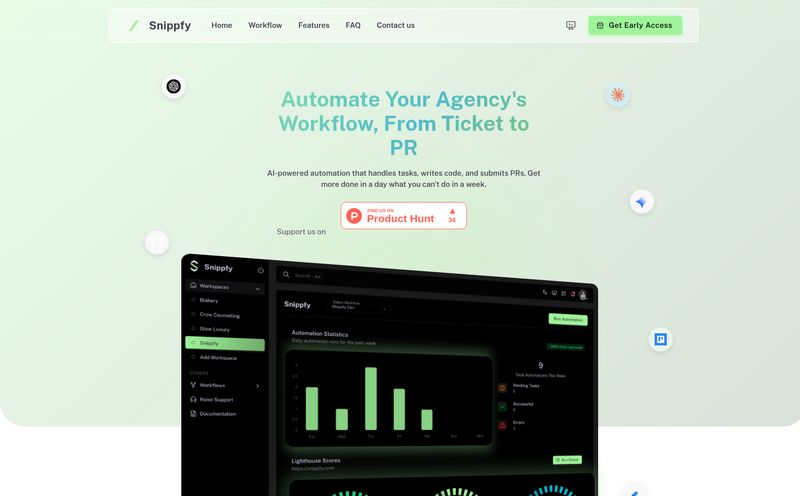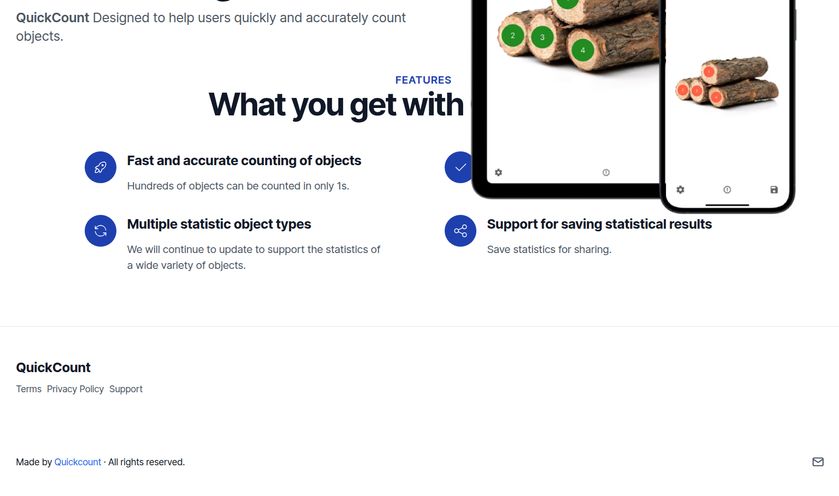If you've ever worked in hardware, you know the feeling. The design is done, the schematic is locked, and then… you wait. And wait. You send it over for PCB layout, and it enters a black hole for what feels like an eternity. It’s the final, frustrating hurdle where innovation goes to die a slow, painstaking death by routing. I’ve seen amazing projects get bogged down for weeks, all because of the sheer manual effort it takes to lay out a decent board.
For years, the industry has been whispering about a solution. Autorouters have been around forever, but let’s be honest, most of them are… well, fine for a simple breakout board, but they often create more problems than they solve on anything remotely complex. It’s like asking a robot to paint a masterpiece; it might fill the canvas, but it lacks the nuance, the artistry. So when I first heard about Quilter and its “physics-based autonomous AI,” I was skeptical. I’ve been in the tech and traffic game long enough to know that “AI” is often just a fancy marketing term for a slightly smarter algorithm. But the claims were bold: turning weeks of layout time into hours. That got my attention.
So, What Exactly is This Quilter Thing?
At its core, Quilter is a generative circuit board layout tool. But that’s a mouthful. Think of it like this: you hand it your finished schematic and a blank board outline, and it doesn't just route the traces for you. It does the whole dance. It handles the component placement, the stackup, the routing, and even runs DRCs (Design Rule Checks) for you. Instead of one layout, it uses its AI engine—supposedly built on reinforcement learning—to generate multiple, complete design options for you to review.
It’s not just a fancy autorouter. It's more like having a team of tireless junior engineers who can explore a thousand different ways to solve the puzzle, all at once. They work through the night, powered by coffee and pure physics, and in the morning, they present you with their best work. All you have to do is pick your favorite. That’s the dream, anyway.

Visit Quilter
How It Moves from 'Magic' to a Real Workflow
The secret sauce, as they put it, is a combination of a physics-driven engine and machine learning. This isn’t just about connecting Point A to Point B. The software supposedly simulates real-world constraints, which means it’s thinking about things like signal integrity and thermal performance while it works. It can even juggle multiple stackups and fabrication rules at the same time, which is pretty wild. This allows for what they call “early design exploration.” You can see how a design might look on a 4-layer board versus a 6-layer one without waiting a week for each version. That’s a game-changer for budgeting and planning.
Honestly, the ability to iterate that quickly is where the real power lies. You’re no longer locked into your first good idea. You can experiment. You can take risks. You can actually innovate instead of just shipping what’s possible in the given time frame.
Let's Talk About the Most Interesting Part: The Pricing
Here’s where Quilter really throws a curveball at the traditional EDA software model. Forget expensive annual licenses or per-seat fees that make you cringe every time you need to add a new engineer to the team. Quilter’s model is primarily usage-based and seat-free.
Let that sink in. You can have your entire engineering team on the platform, and you don’t pay a dime until you actually find a design you like and decide to download the native files. It’s a “try before you buy” philosophy applied to enterprise software. My inner CPC analyst loves this; it's a performance-based model. You only pay for results.
For individuals, students, and non-commercial projects, there's a Startfree plan to let you play around with it. For commercial projects, it looks like they have custom plans, and you're encouraged to contact them. The cost is metered by the downloaded design, apparently based on factors like pin count, which makes sense—more complex boards require more computational horsepower.
The Good, The Not-So-Bad, and The AI-Generated Reality
What I'm Genuinely Excited About
The biggest pro is obvious: speed. Compressing a multi-week layout process into a lunch break is the kind of leap that doesn't happen often. This directly translates to a faster time-to-market and a serious competitive edge. I also love that it frees up senior PCB designers from the monotonous parts of their job. Instead of just connecting nets all day, they can focus on the truly complex, high-density, or high-frequency designs where human expertise is irreplaceable. It turns them from draftspeople into architects.
A Few Things to Keep In Mind
Now, it can't all be sunshine and perfectly routed boards. Let’s get real. The first thing is that this is an AI tool, not a sentient, experienced designer. The output still needs to be validated by a human. I would never, ever send a board straight from an AI to the fab without a thorough review by an engineer who knows their stuff. This tool is a powerful assistant, not a replacement for expertise. A classic case of trust, but verify.
Another point is the pricing. While the model is fantastic, the fact that its based on pin count means you need to be mindful of costs on very large or complex designs. It's not a flat fee, so you'll want to have a handle on your project's scope. And, like any sophisticated tool, I suspect there's a learning curve to writing the right constraints to get the optimal results. You still need to give the AI good instructions.
So, Who Is This For?
I see Quilter fitting in a few key places:
- Hardware Teams & Leaders: For them, it’s all about velocity. If you’re in a race to beat a competitor to market, a tool that shaves weeks off your development cycle is a no-brainer.
- Electrical Engineers: They can get a layout back almost instantly to test an idea, rather than waiting in a queue. It closes the feedback loop between schematic and physical board.
- PCB Designers: It lets them offload the more straightforward boards, so they can dedicate their full brainpower to the high-value, ridiculously complex designs that actually need their unique skills.
Frequently Asked Questions About Quilter
How does the usage-based pricing actually work?
You can run unlimited iterations and explore designs for free. You are only charged when you decide a design is ready and you download the native source files (like Altium or KiCad files). The cost is determined by the complexity of the board, primarily the pin count.
What if Quilter can't complete my board?
This is a fair question. Since you only pay for designs you approve and download, there's no financial risk if the AI can't produce a viable layout for your specific, and perhaps very difficult, constraints. You simply don't pay.
Can I run Quilter on my own servers for security?
Yes. The website mentions deployment options for public cloud, private cloud, or even on-premise installations. This is a critical feature for companies with strict IP security requirements or government contracts.
What kind of boards can it handle?
Quilter claims it can handle a wide range of boards, from simple ones to complex, high-density interconnects (HDI). The physics engine is designed to manage the complexities that trip up older autorouters. However, the most complex or esoteric designs will likely still benefit from heavy human oversight.
Does this make PCB designers obsolete?
I really don't think so. It changes their role. It automates the tedious 80% of the work, allowing designers to focus on the most challenging 20%—system-level architecture, complex routing strategies, and final validation. It's a tool to augment their skills, not replace them.
My Final Take: Is It Worth a Shot?
After digging into it, my initial skepticism has shifted to cautious optimism. Quilter isn't just another incremental improvement on a 30-year-old autorouter. It feels like a fundamental shift in how we approach PCB layout. The focus on speed, iteration, and a sensible, results-oriented pricing model is a breath of fresh air.
Will it be perfect for every single project? Probably not. But for the vast majority of boards that are a time-consuming but necessary chore, it seems like an incredible lever to pull. It gives hardware teams back their most valuable resource: time. And in the race to innovate, time is everything. If you're feeling the pain of the layout bottleneck, Quilter is definitely something you should be looking at. Seriously.



